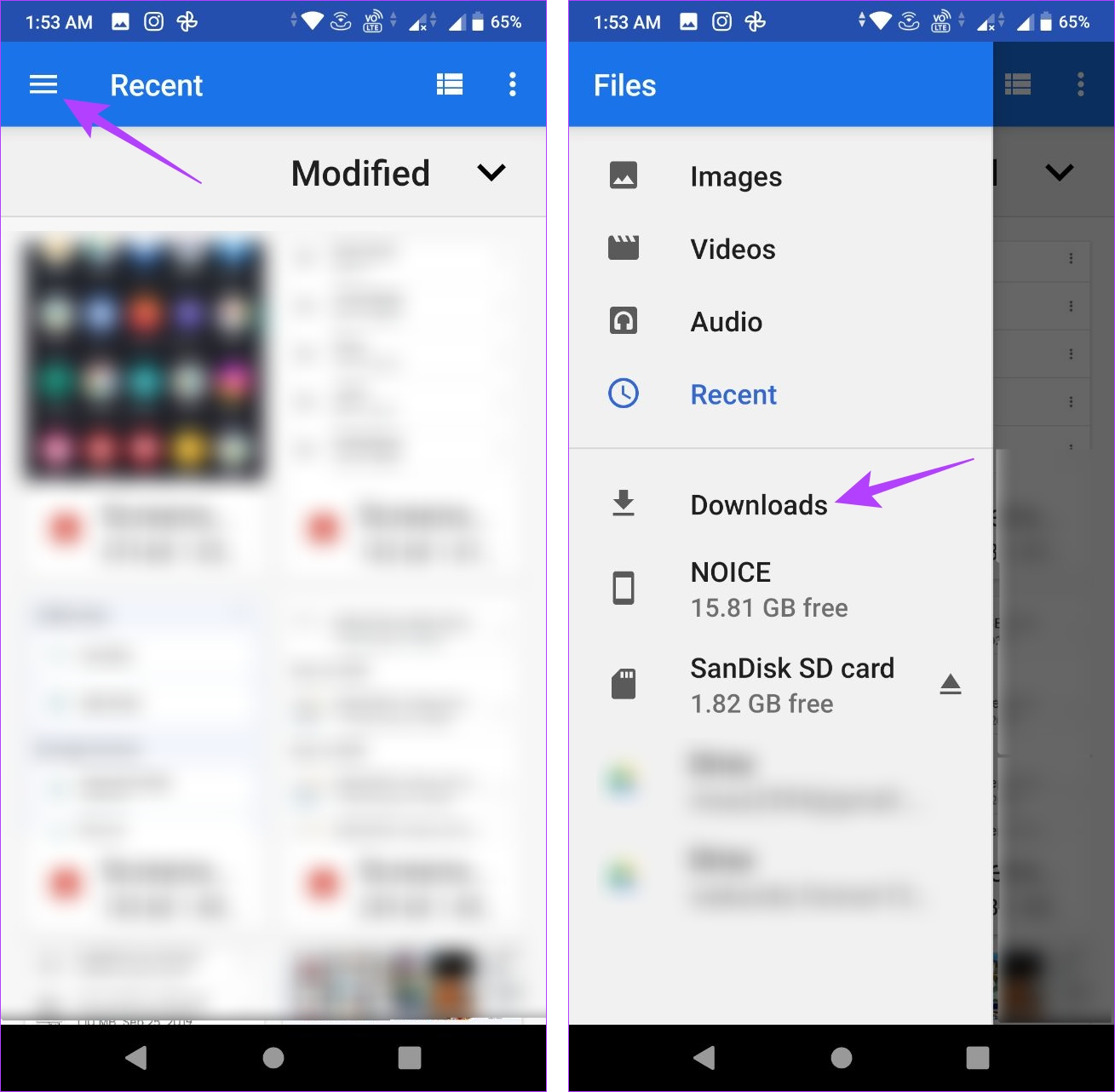The Greatest Guide To downloads on your Android phone or tablet
The Greatest Guide To downloads on your Android phone or tablet
Blog Article
Locating downloaded files on your Android gadget can be a obstacle. Effortlessly, your phone can quickly become jumbled with images, video clips, screenshots, and other data. To liberate room on your gadget, it's important to keep an eye on where your downloads are saved. By doing this, you can quickly identify and delete unneeded documents.

This overview shows you exactly how to locate an important documents that went away and just how to arrange your Downloads folder. Here's how to find downloads on your tool, whether you utilize among the very best Google Pixel phones or another Android smart device.
Discover your downloads with the default documents manager
Each mobile phone maker might supply a somewhat different built-in Android app for documents monitoring, however your experience should be comparable. If you have a Samsung phone, describe our tutorial, which demonstrates how to find downloads on your Samsung Galaxy phone.
Comparable to running systems like Windows, macOS, and iOS, Android has a Downloads folder for your documents. Do the following to discover the downloads on your tool:
1. Open the Data or My Documents app from the home screen or application cabinet.
2. Look for a section called Downloads.
3. Touch it to view the data you downloaded and install.
Use the Data by Google application for your downloads
If you're searching for a easy and effective means to situate your downloaded and install documents on your Android device, take into consideration making use of Documents by Google from the Google Play Shop. This application attracts attention as a leading selection for its easy to use interface and functionality, making it an excellent alternative to any type of preinstalled data manager application on your gadget.
4. Open the Files application.
5. Select the Browse tab at the bottom.
6. Faucet Downloads.
7. Select the Download and install tab to see the data because folder.
Find your downloads manually
If you're unable to situate the Downloads folder on the main page of your file supervisor app, attempt accessing your phone's internal storage space instead. Below's a step-by-step guide on just how to do it:
1. Open the Documents application.
2. Select the Browse tab at the bottom.
3. Scroll down and most likely to Inner storage.
4. Tap the Download and install folder.
Relocate your downloads to one more area
Transferring files out of the for numerous factors, especially for documents that hold sensitive or individual data. Positioning such files in their designated folder enhances their safety and security and lowers the danger of unintentional deletion. Furthermore, it assists stop them from being lost among the multitude of unrelated files you may download.
1. Open the Files app.
2. Navigate to your Download folder.
3. Tap the three-dot menu to the right of any file.
4. Choose the Move to option.
5. Tap Internal storage at the bottom.
6. Select any location or folder.
7. Tap Move here to transfer the file to that location.
Additionally, you can utilize the Copy to feature and transfer these files to a different location. This enables you to create numerous copies without deleting the original files android software download for tablet from your Download folder.
View the exact location of your downloadsM/b >
At times, you might need to locate the Download folder click on the three-dot menu beside a downloaded file and select File info. For many up-to-date Android devices, the default path for downloads is/ storage/emulated/0/ Download. Although certain third-party web browsers could save files elsewhere, this is typically the primary download location.
Managing your downloads is easier than you think
Google's Files app is a great option if you prefer simplicity in a file manager. It has a clean UI and easy-to-use features. The app neatly organizes your documents by file types like downloads, images, videos, and audio. It also offers to clear junk files.
Speaking of tidying up, you can free up more storage space by learning how to delete unwanted WhatsApp media files. You can install an SD card on some Android devices if you're still short on space.
Report this page